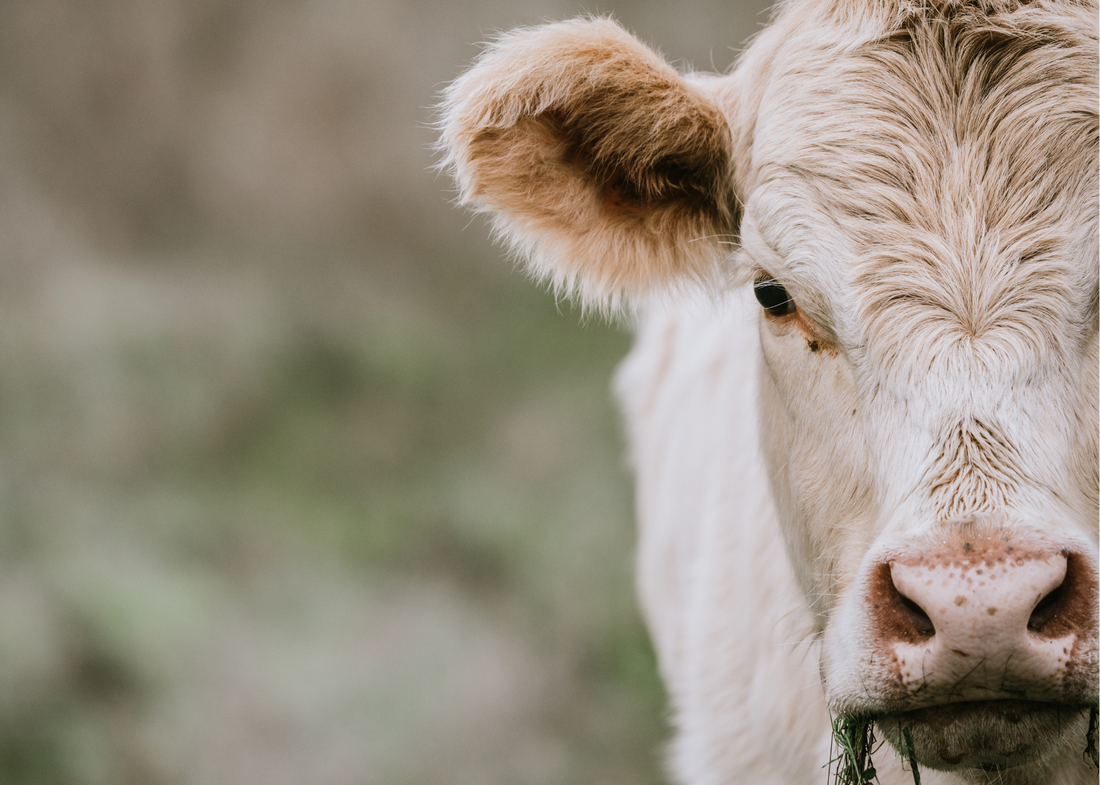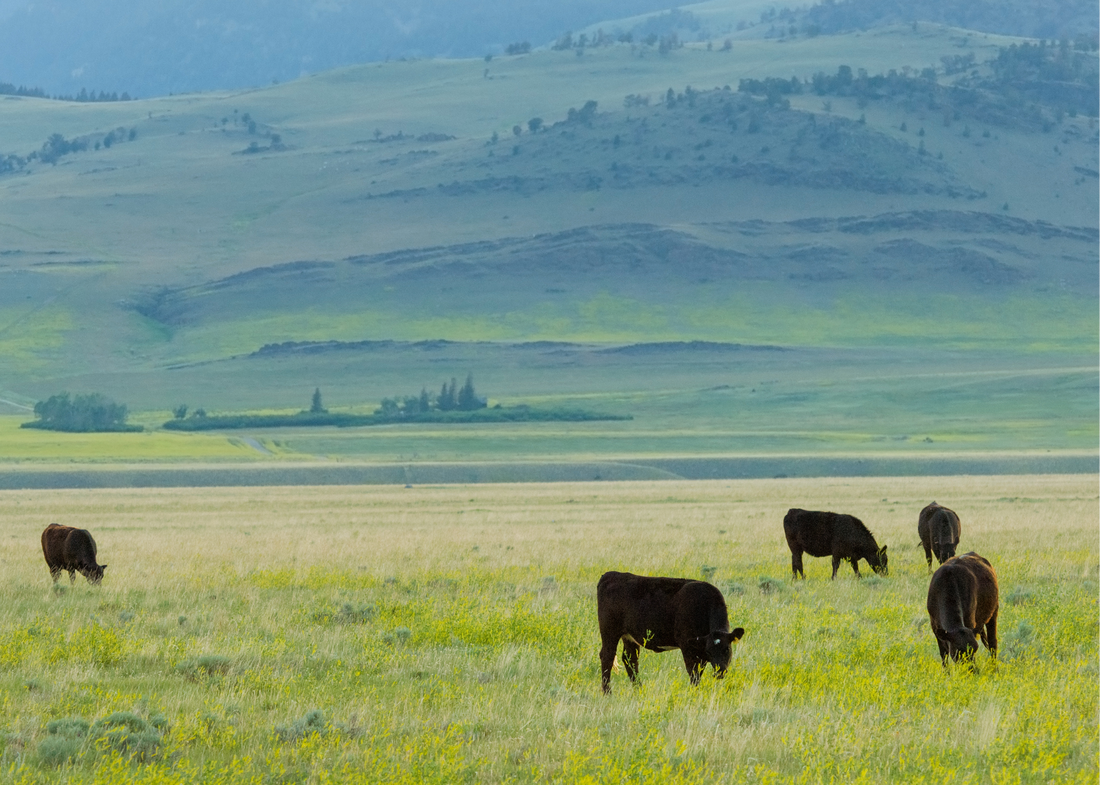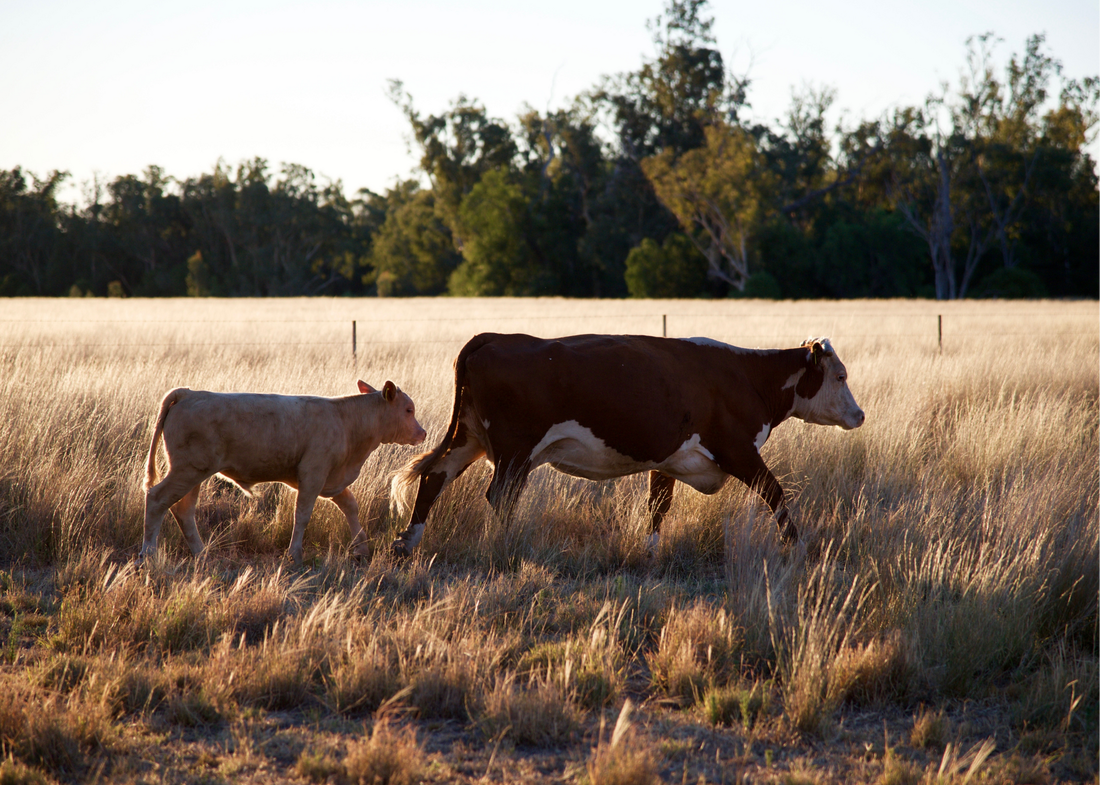|
Have you ever seen the 2004 American documentary Super Size Me? In the film Morgan Spurlock ate only McDonald's food for 30 days. As a result, the then 32 year old gained 24 lb (a 13% body mass increase) and his total cholesterol went up to 230 mg/dL (6.0 mmol/L). In addition, he experienced mood swings, sexual dysfunction, and fat accumulation in his liver. This documentary is a prime example of how quickly our health can go south when we eat a diet that our genetics are not set up for. The same quick decline in health happens in animals when they are fed a diet that is unnatural. That’s right, the term “you are what you eat” applies to more than humans. Grazing animals are genetically set up to do exactly that...graze. On grass. Unfortunately in the United States, most conventionally raised cattle are moved to large feedlots shortly after birth where they are fed an unnatural diet of corn and soy while they are kept confined in stalls to fatten up. This creates a very unhealthy animal...one in which I personally advise my clients against consuming. The grass-fed vs grain-fed debate has been going on for a while so I thought I would take the opportunity to lay out the differences between the two so that you can get better educated and understand why grass-fed, pastured meat is far superior to meat from grain-fed animals.
|
AuthorTiana Rockwell is a certified nutritional therapist, avid endurance athlete and dark chocolate lover. She believes that by eating REAL food, we can balance our body and reach optimal health and wellness! Archives
May 2022
Categories
All
|





 RSS Feed
RSS Feed